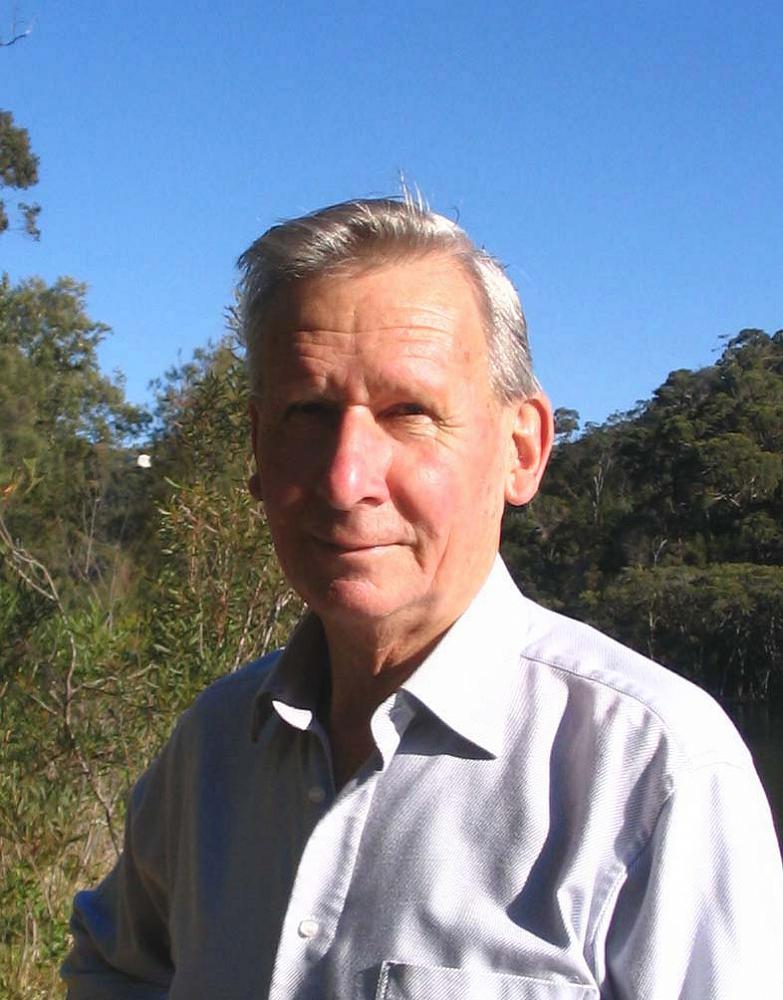
Cyclones, Floods and Quakes
As communities ravaged by Cyclones Hale and Gabrielle and devastated by Turkey’s earthquakes battle to re-establish their lives, the question that haunts people of many faiths lingers on: Where was God in these disasters?
Part 2 of a 2-part article.
It is a good question, because it assumes that God was somewhere and not nowhere. Just where, however, will hinge on what people understand by “God”. Those who think of God as a supernatural being apart from humanity, all-powerful, all-loving, the ultimate cause of all that is, will draw their own conclusions within that framework. To others, such a concept only raises further questions.
Fortunately, that is not the only model available to secular people in a secular world. There is “another way of seeing” which seems to me more helpful in breaking open the core insights of the Christian tradition for people today. This way does not see purpose behind everything that happens. It makes room for chance, randomness and vulnerability – not just in disasters on the scale of earthquakes and floods, but also in the more familiar accidents and illnesses that kill some and spare others every day.
These are all part of the shadow-side of the way things are. The apostle Paul speaks of it as the “futility” to which creation is subject, of creation’s “bondage to decay”. No worthwhile religion or philosophy can ignore it. There seems nevertheless to be a basic impulse in people to look for meaning even in their experience of randomness; and far from ruling out any idea of God or Godness, acceptance of this reality opens up new possibilities. This time, however, it is not the meaning that explains events or finds some hidden purpose in them. It is the meaning people create through their response.
The first and obvious response is to engage with the scores of thousands caught up in them. Engagement means standing with the victims, offering practical help and opening up the possibility of a future in their aftermath. Governments around the world do this by sending relief personnel, money and supplies. Millions of ordinary people give generously to disaster funds.
Religious faith is not a pre-requisite for this response, of course. Anyone can be part of it. But for Christians there is one qualitative difference: they will see Christ in each of the victims, recalling Jesus’ words that “inasmuch as you did this to one of the least of these brothers of mine, you did it to me.”
Christians will also experience God in the suffering – not as its cause, which would make God devilish, but because suffering is one of many aspects of life where Godness can be experienced. The central symbol of Christian faith, the cross, shows that: Jesus’ crucifixion was agonising, but through it, Christians would say, they experience God. In other words, God was not aloof from Jesus’ suffering, but right in the midst of it as the transforming power that turned the Roman gallows into a symbol of love at the centre of all being.
So also in the natural disasters that have just caused such enormous suffering and grief. Yet God does not stand outside the suffering: Godness is to be found right in the midst of it. It can be discerned in the bravery of those who struggled to save lives as cities collapsed and the floods swirled; in the resilience of spirit as people lift themselves out of despair and turn to rebuilding their lives; in outsiders identifying, as far as they can, with their plight by mucking in to help, feeding their neighbours, opening their homes, showing caring and support; in fronting up to the questions of meaning raised by disaster, rather than shrugging them off or burying them in pious platitudes.
In short, God is present incognito wherever love breaks through to transcend this and any other tragedy, and wherever healing transforms hurt into hope. That can be affirmed not only by those for whom God is objectively real but also and especially by those for whom the word “God” is a symbol for the power of love to transform every nook and cranny of human experience.
American Rabbi, Michael Lerner, of the Jewish Renewal movement, echoes that when he suggests God should be seen not as “the all-powerful being that determines every moment of creation”, but as “the force of healing and transformation in the universe, . . . the part of creation aspiring toward love, kindness, generosity, peace and social justice”.
Where was God in these disasters? That’s where.
